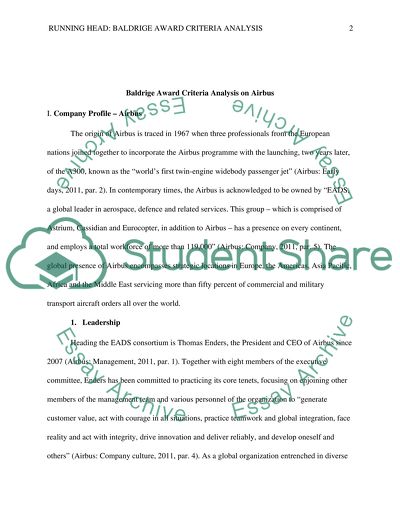Cite this document
(“Baldrige Award Criteria Analysis Assignment Example | Topics and Well Written Essays - 2500 words”, n.d.)
Retrieved from https://studentshare.org/family-consumer-science/1404938-baldrige-award-criteria-analysis
Retrieved from https://studentshare.org/family-consumer-science/1404938-baldrige-award-criteria-analysis
(Baldrige Award Criteria Analysis Assignment Example | Topics and Well Written Essays - 2500 Words)
https://studentshare.org/family-consumer-science/1404938-baldrige-award-criteria-analysis.
https://studentshare.org/family-consumer-science/1404938-baldrige-award-criteria-analysis.
“Baldrige Award Criteria Analysis Assignment Example | Topics and Well Written Essays - 2500 Words”, n.d. https://studentshare.org/family-consumer-science/1404938-baldrige-award-criteria-analysis.


